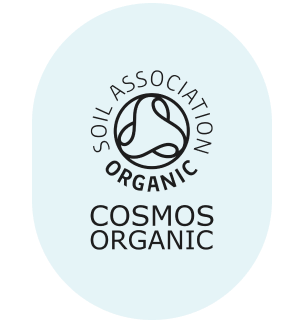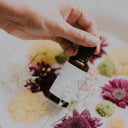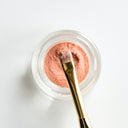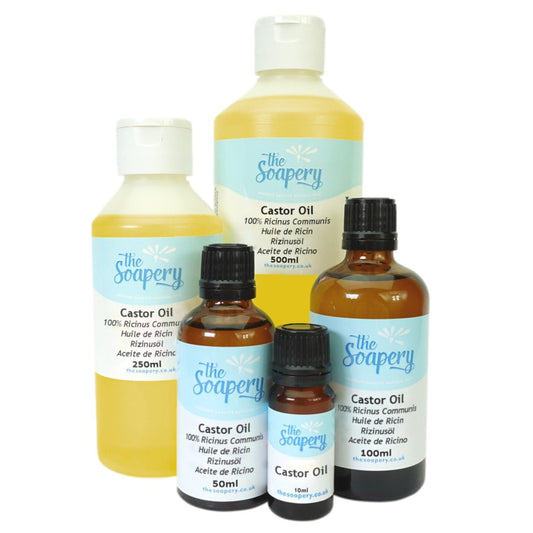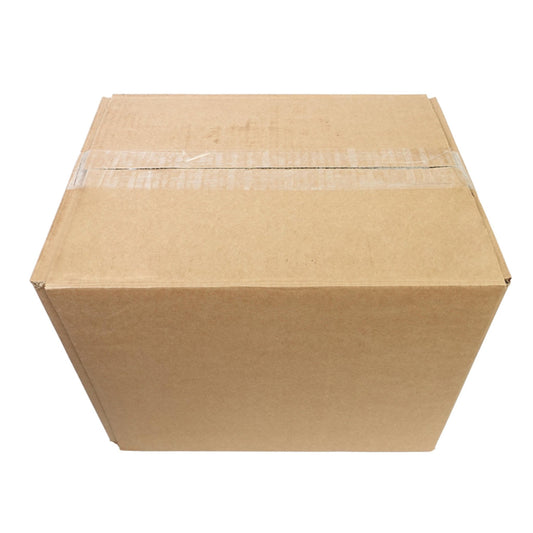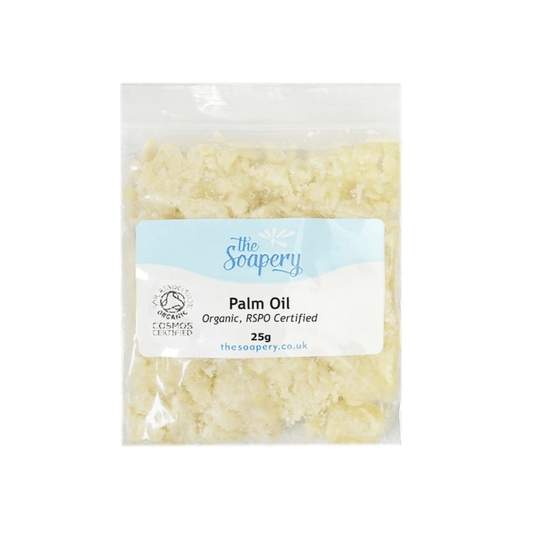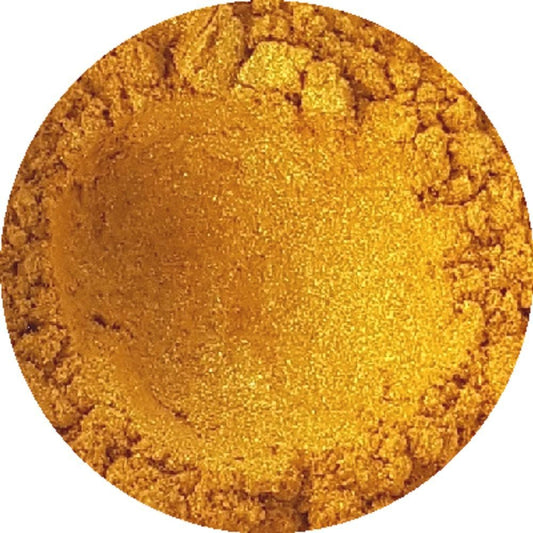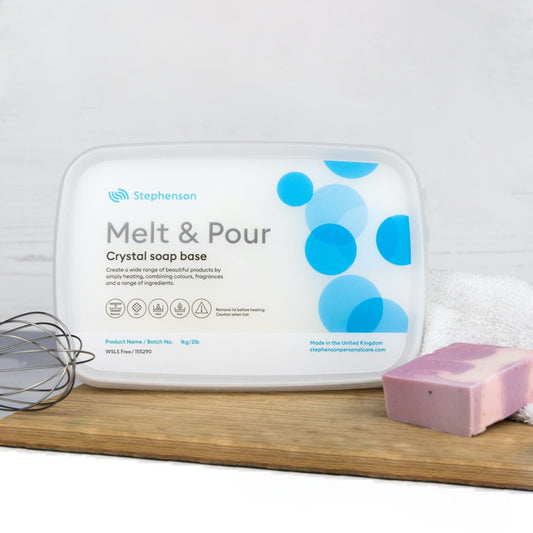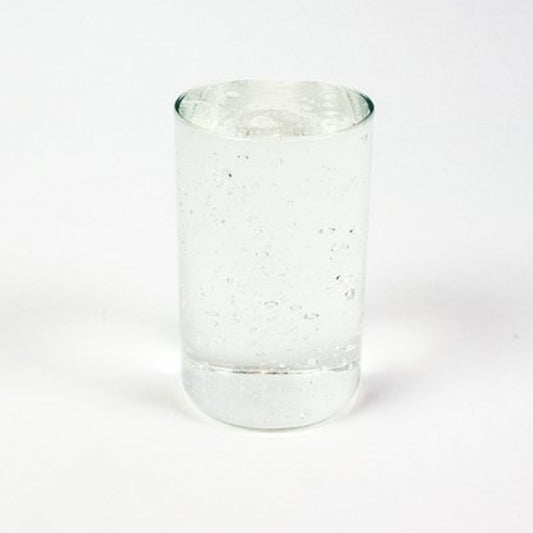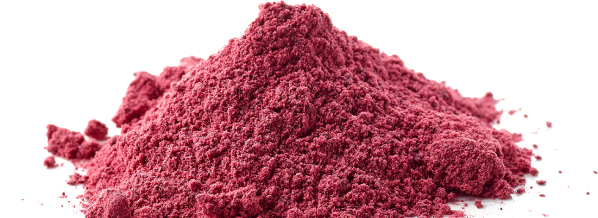
-
Sodium Hydroxide | Caustic Soda | Lye
-
Olive Oil - Pomace
-
Coconut Oil - Refined
-
Refined Organic RSPO Palm Oil
-
Clear Transparent Melt and Pour Soap Base - SLS Free
Clear Transparent Melt and Pour Soap Base - SLS Free
- Regular price
- From £10.95
- Sale price
- From £10.95
- Regular price
-
-
Golden Sparkle Cosmetic Mica Powder
-
Opaque White Melt and Pour Soap Base - SLS Free
Opaque White Melt and Pour Soap Base - SLS Free
- Regular price
- From £10.99
- Sale price
- From £10.99
- Regular price
-
-
Cool Pink Cosmetic Mica Powder
-
Rectangle Mould 6 Cell
-
Oval Mould 4 Cell
-
Castile Liquid Soap Base – Organic
-
3 in 1 Body Wash Base
Why choose The Soapery?
-
Free Mainland UK Shipping
Get your ingredients quickly at no extra cost.
-
Same Day Dispatch*
Order before 3pm to have your package sent then and there.
-
Low Pricing
No glossy marketing or false promises mean big savings.
-
Ethical Suppliers
No qualms here. Our ingredients are ethically and sustainably sourced.
About Soap Making Supplies
Liquid, bar, and beyond! Lather up with The Soapery’s soap making supplies - a hand-curated collection of the world’s best tools and ingredients. Explore our extensive selection of soap making supplies for cold process soap making, hot process soap making and melt and pour soap making. You’ll find the bases, oils, scents, and botanicals you need with us!
Welcome to The World of Handmade Soap
Here at The Soapery, soap making is our bread and butter - or should we say oil and lye!
To both us and our makers, soap making is about more than just cleansing your skin - in fact, it’s one of the best creative outlets out there! With just a few ingredients and a good recipe, you’ll be able to create unique products that you can be proud to use and share with others.
From natural ingredients like coconut oil, palm oil, sweet almond oil and olive oil to key soap making supplies like sodium hydroxide, we've got everything you need to begin your own soap making process!
By doing things yourself, you’ll be able to control each and every element of your finished soap - from scents, colours, and shapes to final textures. No more stressing over harsh ingredients or allergens! Plus - there’s an entire community of like-minded makers right at your doorstep just waiting to help you perfect your recipes.
So, how do you get started? Well - we’re on a mission to make soap and cosmetics crafting accessible to everyone. After all - who doesn’t enjoy the magic of mixing, matching, and making?
From creamy butters to fragrance oils and beyond, each and every one of our soap making supplies are hand-picked by our experts for their quality, packaged with care, and shipped straight to you. Plus, we promise to keep things simple. Our products are as natural as can be, and priced with no unnecessary mark-ups or fees.
The Ins-And-Outs of Making Soap: Our Advice
Making homemade soap can be a beautiful adventure - whether you’re looking to whip up a simple bar, or build your own formulation. To get started, you'll need the two foundations of soap making - an oil or fat, and an alkali, like lye. One simple chemical reaction is all it takes to get started! Whether you choose olive oil, coconut oil, castor oil, sweet almond oil, or something a little different, you’ll soon have the perfect base on your hands.
We love soap making for its endless flexibility. Why not add some extras for a little bit (or a lot) of flair - the choice really is yours! Mix in some colour with naturally shimmery mica powders, or get exfoliating with salts and botanicals. And don't forget the fragrance! Essential oils like lavender or peppermint are the perfect way to create a scent you’ll never forget.
Finally, it's time to get your hands dirty and start mixing. Follow a basic soap recipe and have fun experimenting with different combinations of ingredients. And don't worry, if your first batch doesn't turn out exactly as you hoped - making soap is a process of trial and error.
Our top tip for budding soap artists and alchemists? Safety first, of course! Whilst soap making can seem simple and fun, lye can pose a genuine risk to your health and safety. Ensure you’re properly defended against its caustic effects with a good pair of safety goggles and gloves.
Not into the science of soap making? Melt and pour soap bases offer a simple, lye-free alternative. These pre-made bases have already gone through the saponification process, meaning they’re safe to chop, melt, mix, and pour!
Our Favourite Skincare Recipes
We Value Each of Our Customers
Accreditations/Awards
We’re committed to offering a vast range of all-natural, organic products certified by The Soil Association, and we take pride in doing our part for the world around us.
Like most ingredients, the oils, butters, powders, and decorations in your handmade products are farmed or extracted from the natural world. Those certified as organic by the Soil Association were grown, produced, and harvested in line with strict regulations designed to protect and sustain the environment, including soils, ecosystems, animals, and people.
